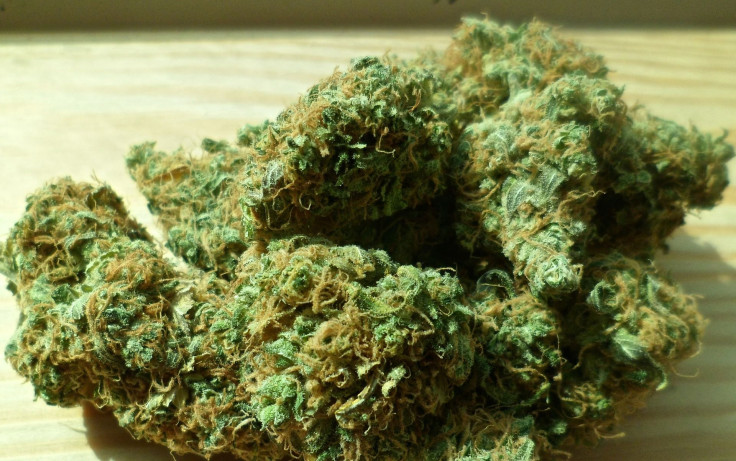Smoking And Drinking: What Impact Will Changes In Marijuana Policy Have On Alcohol Consumption?

Marijuana has gone from a substance used exclusively by those associated with the counterculture to a somewhat mainstream drug. It’s been medicalized, legalized, and decriminalized in many places across the U.S., and most of the associated research has focused on how various legalization policies impact access to and use of the drug. But gauging the effect of a formerly illicit drug is no easy task, as highlighted by a new study out of the University of Washington, which sought to know how legalization affects the use of alcohol — America’s favorite drug.
Complement Or Substitute
Adults in the U.S. imbibe to various degrees, with 56.9 percent drinking at least once per month. Alcohol abuse has grown into a monstrous problem; alcohol related deaths are the highest they’ve been in 35 years, and drinking accounts for almost one-third of all driving fatalities annually.
“We chose to focus on alcohol because even relatively small changes in alcohol consumption could have profound implications for public health, safety, and related costs,” said lead author Katarina Guttannova, from the UW’s social Development Research Group, in a statement.
The team hoped to determine how legalizing marijuana affected alcohol use. Drawing on previous studies, they hypothesized marijuana could act as either a substitute or complement to alcohol. If it was the former, they thought, it could have positive effects, decreasing health care costs, the likelihood of traffic accidents, and improving workplace productivity that had fallen due to excessive drinking. If marijuana legalization tended to increase the consumption of both marijuana and alcohol, however, costs to society could dramatically increase — especially since those who use both substances often use them at the same time. A recent study found those using marijuana and alcohol simultaneously were twice as likely to drive drunk and get into social disagreements like brawls and relationship troubles.
Both substances offer “reward and sedation” effects, which suggests users may substitute one for the other, but blood levels of THC (the chemical responsible for the psychological effects of marijuana) increase with simultaneous alcohol use, something that may encourage users to use both substances.
A Complicated Issue
For the study, the researchers reviewed over 750 studies on marijuana and alcohol use. Fifteen of these specifically focused on the relationship between marijuana policies and drinking behavior, examining how medical marijuana, decriminalized marijuana, and recreational marijuana impacted alcohol consumption.
The studies provided no concrete association; their results fluctuated widely across the range of possibilities. One, for example, found that states with marijuana dispensaries had higher rates of both marijuana and alcohol use, along with higher admissions into alcohol treatment facilities. States with medical marijuana had fewer overall alcohol-related fatalities, but those with dispensaries had more of those deaths. Other research found that medical marijuana wasn’t associated with increases in underage drinking, but it was linked to higher rates of binge drinking and simultaneous marijuana/alcohol use in adults.
In states where marijuana had been decriminalized, there were more emergency room visits related to marijuana and fewer visits linked to alcohol and other drugs, according to one study. Some of the research found that high school seniors in these states tended to drink less, but that college students who used marijuana were likely to drink more.
The jumble of information was even worse in Washington state, which legalized recreational marijuana in 2012, but also privatized liquor sales the previous year. The resulting uptick in liquor sales made it difficult to isolate the impacts of legalized marijuana on drinking.
The researchers ended up with information supporting alcohol and marijuana being both substitutes and complements. The team noted that further study is necessary, because the landscape of marijuana legalization is evolving and shifting so rapidly. Guttamannova said that future research should address the specific dimensions of marijuana policies, like timing and implementation of policy change. She also suggested looking at different aspects of marijuana and alcohol use, like the age of users, and how often they are using.
“This is a complicated issue and requires a nuanced approach,” she said. “We were hoping to have more clear-cut answers at the end of our research. But you know what? This is the science of human behavior, and it’s messy, and that’s OK.”
Source: Guttamannova K, Lee C, Kilmer J, Fleming C, Rhew I, Kosterman R, Larimer M. Impacts of Changing Marijuana Policies on Alcohol Use in the United States. Alcoholism: Clinical and Experimental Research. 2015.



























